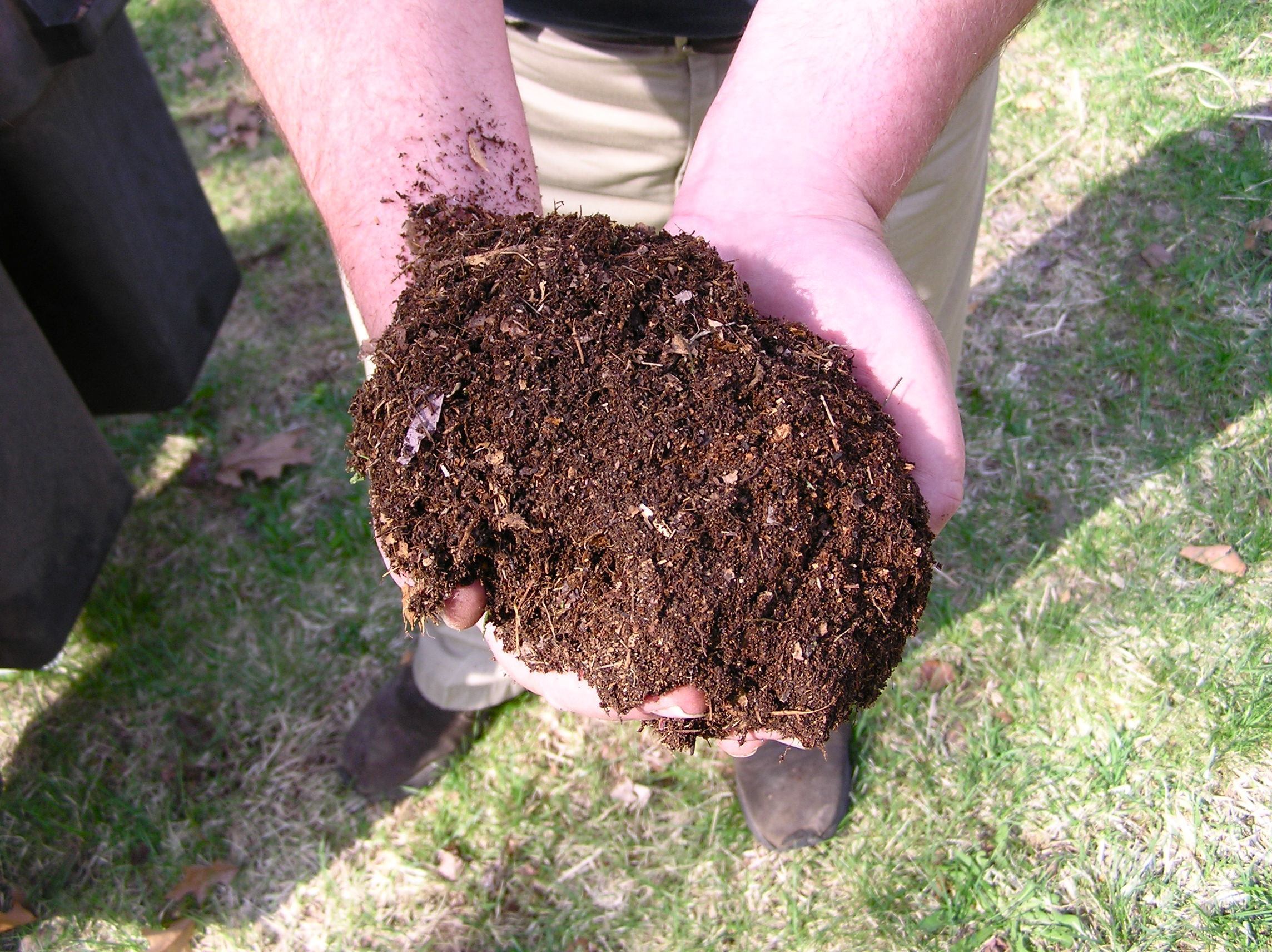(NaturalNews – Dr. David Jockers) For most of the history of mankind, we lived in close contact with the Earth. The majority of our diet consisted of foods and water that had dirt clinging to it. This dirt was not an inert substance but was a dynamic mineral rich, probiotic infused source of electrochemical energy. The unique soil based probiotic bacillus subtilis was one of the key components that gave the dirt its powerful nutritional benefits.
Humans are the only species on the planet that does not intentionally consume dirt. Our ancestors always had dirt in their diet through picking produce out of the ground and drinking from lakes, rivers and streams. Many original doctors and medicine men would use dirt in their various healing concoctions. Today, we intentionally look to sterilize our food and avoid the consumption of dirt.
Bacillus subtilis and our immune system:
Bacillus subtilis is an ubiquitous bacterium that is commonly found in water, soil, air and decomposing plant residue. This bacterium is called a human soil organism (HSO) and has an extraordinary ability to survive harsh environments. It produces an endospore that allows it to endure extreme conditions of heat, dryness, humidity and acidity in the environment.
B subtilis is fully resistant to bile salts and can handle the harsh stomach acid environment which allows it to get into the digestive system and colonize. It has beneficial effects in the digestive system (1, 2, 3). Research has revealed that supplemental B subtilis improves symptoms of irritable bowel syndrome (4).
B subtilis is able to suppress the growth of harmful pathogens, strengthens the mucosal biofilm and enhance the growth of other good probiotic strains such as lactobacillus species in the gut microflora (5, 6).
Soil based organisms and our innate immunity:
As our ancestors were exposed to trillions of organisms every day through their dirt consumption they were strengthening their microbiome and immune system. They were exposed to many different pathogenic organisms to which their immune system learned how to adapt and destroy.
If the pathogenic load was too strong the individual would get sick and sometimes they would die. This was obviously tragic and was a leading cause of death. However, those who didn’t die often had robust immune systems that were well-adapted to the harsh pathogens around them.
Modern technology and improving immunity:
With modern technology we are not exposed to these natural microbes. The use of our technology can reduce the pathogenic load we are exposed too in order to prevent sickness and infectious fatalities, meanwhile, providing the proper stimulation to our immune system.
One such way to gain these benefits is the inclusion of human soil organisms in our natural diet. This would include growing much of our own food in gardens and consuming it right out of the ground with little cleaning. We could also drink water from clean rivers, lakes, springs and streams.
Finally, one can use naturally fermented foods and supplement with probiotics containing HSO’s such as bacillus subtilis. Most probiotics on the market only contain the lactobacillus and bifido bacterium species. These are fantastic for the health of the small and large intestine but some individuals struggle with a sensitivity to these microorganisms.
It is wise to find a probiotic supplement with HSO’s such as bacillus subtilis which is hyposensitive and easy to tolerate for most individuals.
Sources for this article include:
1) http://www.ncbi.nlm.nih.gov
2) http://www.ncbi.nlm.nih.gov
3) http://www.ncbi.nlm.nih.gov
4) http://www.ncbi.nlm.nih.gov
5) http://www.ncbi.nlm.nih.gov
6) http://www.ncbi.nlm.nih.gov
7) http://organicfitness.com
8) http://www.ncbi.nlm.nih.gov




